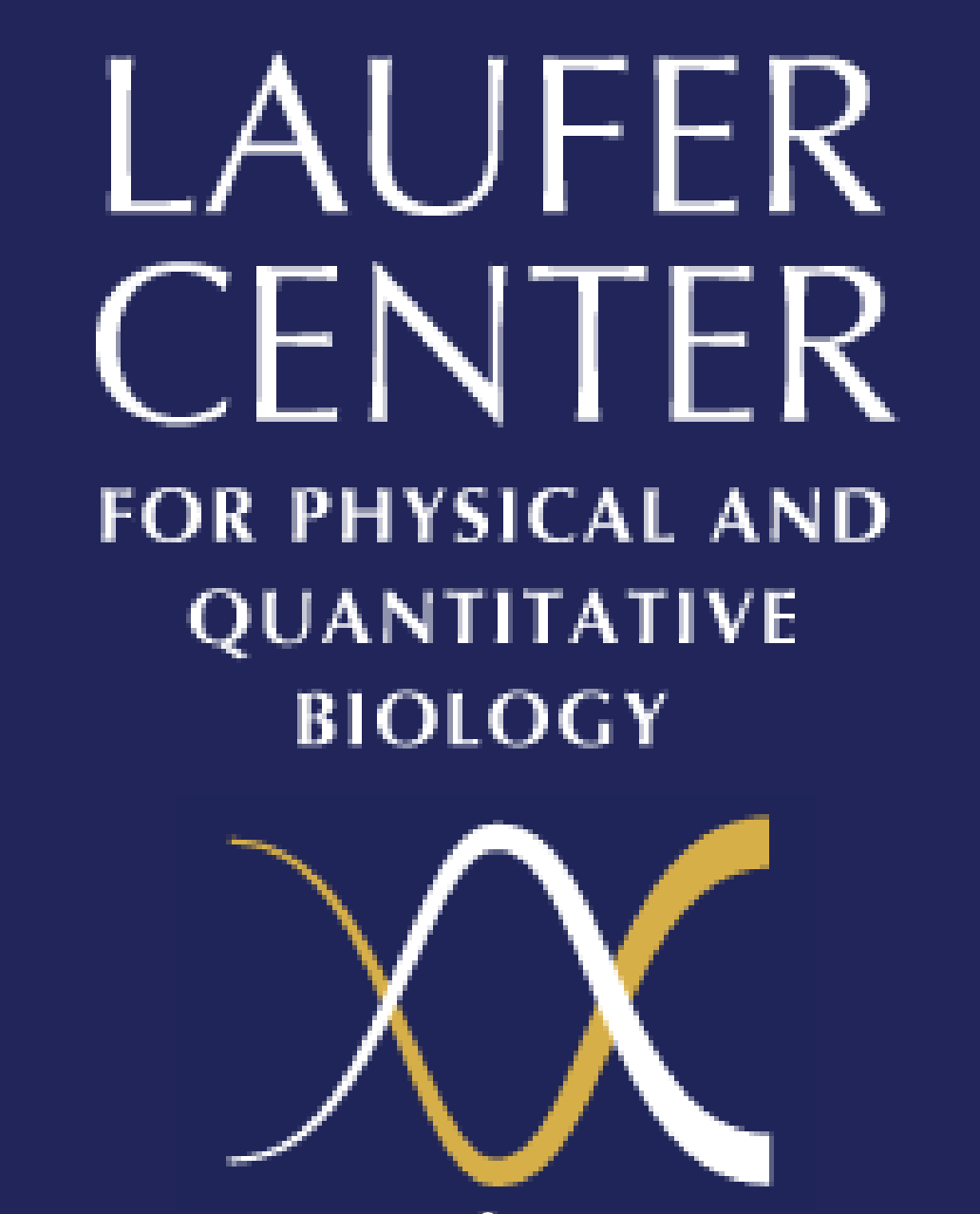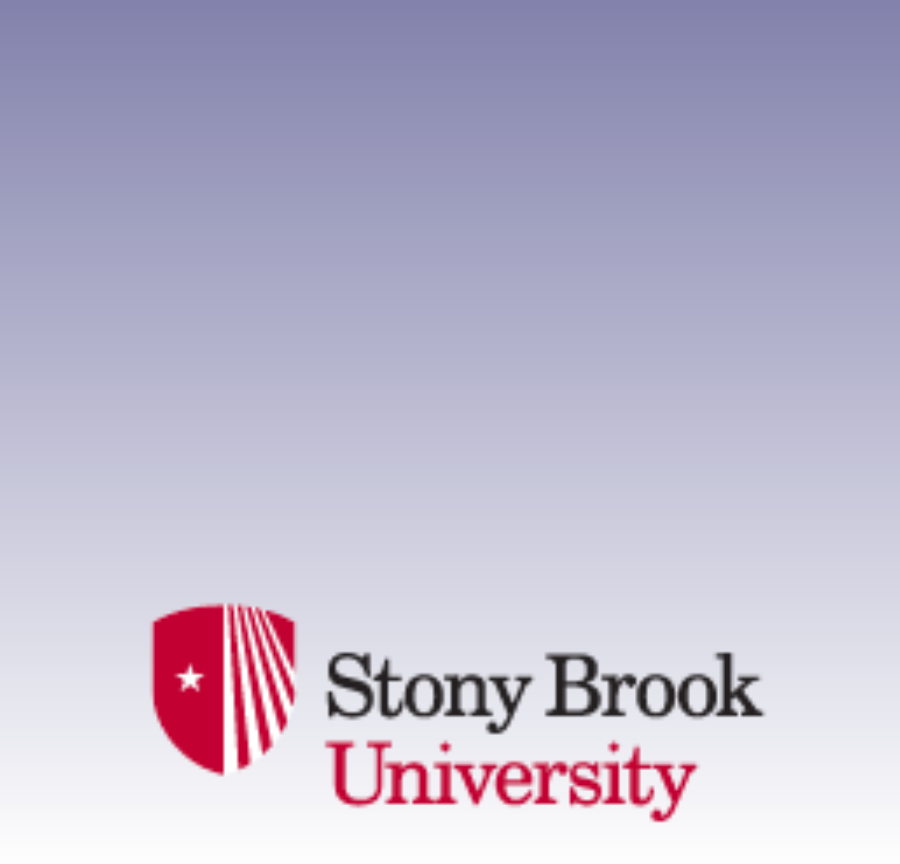Physical and Quantitative Biology, BME/CHE/PHY 558
Fall 2021 / MWF 10:30 – 11:25 AM, in Laufer Center rootm 101.
Recitations: Mon, 11:30 am – 12:30 pm, in Laufer Center Room 107.
Gabor Balazsi, Course PI
Course goals: The central idea of this course is the free energy, the quantitative way we understand thermodynamic forces driving the equilibria and transition rates in chemistry, physics and biology. We describe the components underpinning free energy: the entropy and internal energy. We explore the microscopic interactions - including hydrogen bonding, van der Waals interactions, electrostatics, and hydrophobic forces - that explain physical and chemical mechanisms in cell biology and are the workhorse tools in computational drug discovery. We show how these basic ideas are applied: binding affinities form the basis for synthetic biology and drug discovery; coupled binding explains how biological machines convert energy and transduce signals or control gene activity; and polymer free energies form the basis for the folding of protein and RNA molecules; with implications for molecular and cellular evolution.
Textbook: Molecular Driving Forces by Dill & Bromberg. Garland Science, 2010
Extra textbook: Protein Actions by Bahar, Jernigan & Dill. Garland Science, 2017
Extra textbook: Physical Models of Living Systems. W. H. Freeman & Co., 2015
Prior years' course syllabi: 2020, 2019, 2018, 2017, 2016, 2015, 2014
Please login to get the links to the videos
| # | Date | Topic | Reading | Speaker |
|---|---|---|---|---|
| 1 | 08/23 | Introduction. Basic Biology. Probability, statistics | MDF1, 2 | Gabor Balazsi |
| 2 | 08/25 | Combinatorics. Distributions. Extremum principles | MDF 2, 3 | Gabor Balazsi |
| 3 | 08/27 | Energy and Multiplicity. Multivariate calculus | MDF 4 | Gabor Balazsi |
| 4 | 08/30 | Multivariate Optimization. Max Ent & Boltzmann principle | MDF 5 | Gabor Balazsi |
| 5 | 09/01 | Energies vs. Entropy formulation, thermo states | MDF 6 | Gabor Balazsi |
| 6 | 09/03 | Driving forces. Path integrals | MDF 6, 7 | Gabor Balazsi |
| 09/06 | NO CLASS, Labor day | |||
| 7 | 09/08 | Ideal Gas. Carnot cycle | MDF 7 | Gabor Balazsi |
| 8 | 09/10 | Free energies, chemical potentials | MDF 8, 9 | Gabor Balazsi |
| 9 | 09/13 | Susceptibilities. Boltzmann Law. | MDF 9, 10 | Gabor Balazsi |
| 10 | 09/15 | Partition function. Simple gases, solids | MDF 10,11 | Gabor Balazsi |
| 11 | 09/17 | Chemical equilibria | MDF 12, 13 | Gabor Balazsi |
| 12 | 09/20 |
Liquids, phase equilibria. Mixtures |
MDF 14, 15 | Gabor Balazsi |
| 13 | 09/22 |
Solvation |
MDF 16 | Gabor Balazsi |
| 14 | 09/24 |
Diffusion, Fick's Law. Random walks. Time’s arrow |
MDF 17, 18 | Gabor Balazsi |
| 15 | 09/27 |
Chemical rates. Mass-action kinetics. Transition states |
MDF 19 | Gabor Balazsi |
| 16 | 09/29 |
Coulomb & electrostatics: charges, potentials, fields |
MDF 20, 21 | Gabor Balazsi |
| 17 | 10/01 |
Electrochemical equilibria. Batteries |
MDF 22 | Gabor Balazsi |
| 18 | 10/04 |
Salts+charges. Poisson-Boltzmann. Intermolec. forces |
MDF 23, 24 | Gabor Balazsi |
| 19 | 10/06 |
Real gas. Phase transitions. Adsorption & binding |
MDF 24,25 | Gabor Balazsi |
| 10/08 |
MIDTERM EXAM 1 |
|||
| 10/11 |
NO CLASS, Fall Break. |
|||
| 20 | 10/13 |
Michaelis-Menten. Catalysis. Cooperativity |
MDF 27, 28 | Gabor Balazsi |
| 21 | 10/15 |
Bio-machine principles |
MDF 29 | Jason Wagoner |
| 22 | 10/18 |
Water: pure and as a solvent |
MDF 30, 31 | Marivi Fernandez-Serra |
| 23 | 10/20 | Polymers 1: conformations & random flights | MDF 33, 34 | Helmut Strey |
| 24 | 10/22 | Polymers 2: polymer solutions, Flory-Huggins | MDF 32, 33 | Helmut Strey |
| 25 | 10/25 |
Protein structures |
PA1 | Markus Seeliger |
| 26 | 10/27 | Protein function & mechanisms | PA2 | Markus Seeliger |
|
27 |
10/29 | Protein folding & stability | PA3 | Carlos Simmerling |
| 28 | 11/01 | Cooperativity in proteins | PA5 | Carlos Simmerling |
| 29 | 11/03 | Protein Folding on Energy Landscapes, and Aggregation | PA6 | Roy Nassar |
| 30 | 11/05 | Protein evolution and sequence space | PA7 | Tom MacCarthy |
| 31 | 11/08 | Bioinformatics | PA8 | Steve Skiena |
| 32 | 11/10 | Gene expression and it's regulation | Gabor Balazsi | |
| 33 | 11/12 | Natural and synthetic gene networks | Gabor Balazsi | |
| 34 | 11/15 | Drug discovery & methods | Dima Kozakov | |
| 35 | 11/17 | Drug discovery in industry | John H. Van Drie, Van Drie Research, LLC | |
| 36 | 11/19 | Research Project Presentations | ||
| 11/22 | MIDTERM EXAM 2 | |||
| 11/24 | NO CLASS, Thanksgiving break | |||
| 11/26 | NO CLASS, Thanksgiving break |
MDF = Molecular Driving Forces, chapter numbers.
PA = Protein Actions, chapter numbers.
TAs: TAs: Gregory Dignon, Christopher Foran.
For videos, please go to Blackboard.
Student Accessibility Support Center Statement
If you have a physical, psychological, medical, or learning disability that may impact your course work, please contact the Student Accessibility Support Center, 128 ECC Building, (631) 632- 6748, or via e-mail at: This email address is being protected from spambots. You need JavaScript enabled to view it.. They will determine with you what accommodations are necessary and appropriate. All information and documentation is confidential.
Academic Integrity Statement
Each student must pursue his or her academic goals honestly and be personally accountable for all submitted work. Representing another person's work as your own is always wrong. Faculty is required to report any suspected instances of academic dishonesty to the Academic Judiciary. Faculty in the Health Sciences Center (School of Health Technology & Management, Nursing, Social Welfare, Dental Medicine) and School of Medicine are required to follow their school- specific procedures. For more comprehensive information on academic integrity, including categories of academic dishonesty please refer to the academic judiciary website at http://www.stonybrook.edu/commcms/academic_integrity/index.html
Student Conduct and Community Standards
Stony Brook University expects students to respect the rights, privileges, and property of other people. Faculty are required to report to the Office of Student Conduct and Community Standards any disruptive behavior that interrupts their ability to teach, compromises the safety of the learning environment, or inhibits students' ability to learn.
Religious Observance
See the policy statement regarding religious holidays at here. Students are expected to notify the course professors by email of their intention to take time out for religious observance. This should be done as soon as possible but definitely before the end of the add/drop period. At that time they can discuss with the instructor(s) how they will be able to make up the work covered.

